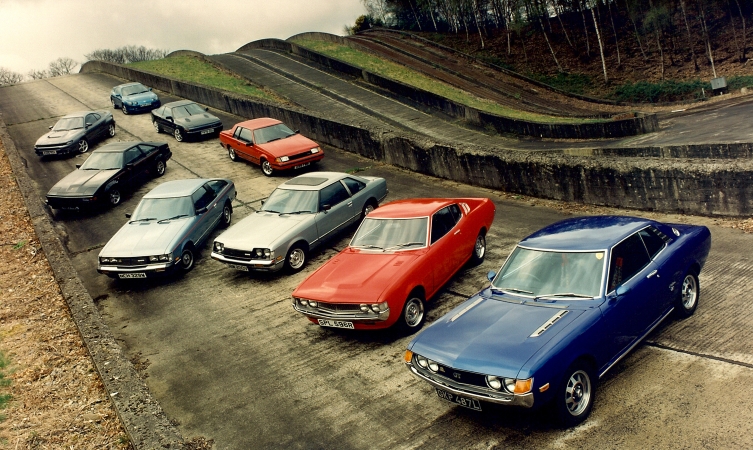The Death of the Toyota Celica
Toyota Celica – It’s the Japanese pony car that helped jump start America’s love affair with imports. It was kicking WRC butt and taking names before the WRX and EVO even showed up to the party. This is everything you need to know about the Toyota Celica. The year was 1970 and American muscle cars were selling like frickin’ hotcakes. Japanese cars, on the other hand, weren’t so much. Toyota realized that to sell more cars to Americans, they was gonna have to start building them more suited to American tastes.
Bigger engines, bigger seats.
At the Tokyo Motor Show, that October, they launched a new two-door coupe designed for the worldwide market meaning, it could fit drivers as tall as me. It was named the Celica which came from a Latin word that meant celestial or heavenly. It was based on the Toyota Carina and it was a little bigger than the ultra-compact Corolla. Of course, it was practical and affordable but the Celica had something more. It was sporty and it launched in the US in the middle of 1971 with a price significantly lower than the Mustang. Under the long hood was a 1.9 liter, inline-4, that made barely ninety heavenly ponies. To top it off, the best selling Mustang had gotten a case of the bloat and both it’s weight and waistline were increasing.
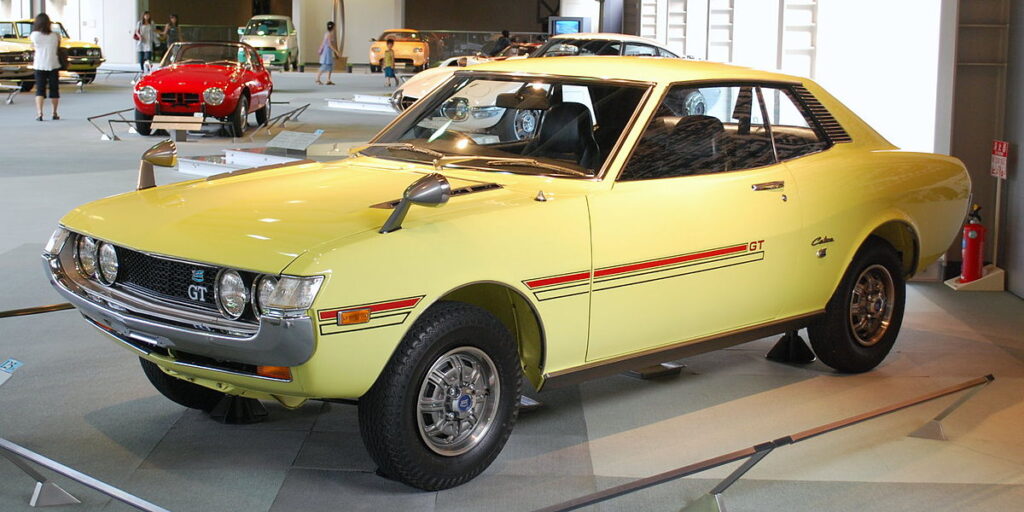
Just like that crazy TV doctors time travelling telephone booth, the Celica was small on the outside but big on the inside. Did I just make a Doctor Who joke in Up to Speed? It was also the first Japanese car to be partially built on an automated assembly line which gave it better build quality than its American competitors. It had standard front-disc brakes. A sweet four speed manual transmission and an independent MacPherson strut suspension, up front. The little Japanese bad boy car had a lot of things going for it and people started buying em’. One of those early cars went to Swede, Ove Andersson. Who, kicked off the Celica’s long racing career in the WRC, with a ninth place finish in their first rally. He formed Toyota Team Europe and kept racing while he waited for boost and even more drive wheels. Soon, higher performance GT trims were introduced and both engine size and sales, crept higher. In ’76, they introduced a sportier, more practical lift back model with folding rear seats and a 2.2 liter engine. The new trim had vertical taillights and louvers on the seed pilar and it looked suspiciously like a little Mustang. Suspicious or not, it was a huge hit and Motor Trend named the Celica their import car of the year. Toyota had already sold over a million of the Japanese pony cars, worldwide before 1977 was done.
Second generation (A40, A50; 1977–1981)
The second-gen Celica debuted in 1978 with a new look pended, Toyota’s SoCal Design Studio by former child actor, David Stollery. The new car was a little bigger and more comfortable with a low beltline and expansive windows. It had the same 2.2 liter engine but the already good Celica was so improved that it won Motor Trend Import Car of the Year, again.
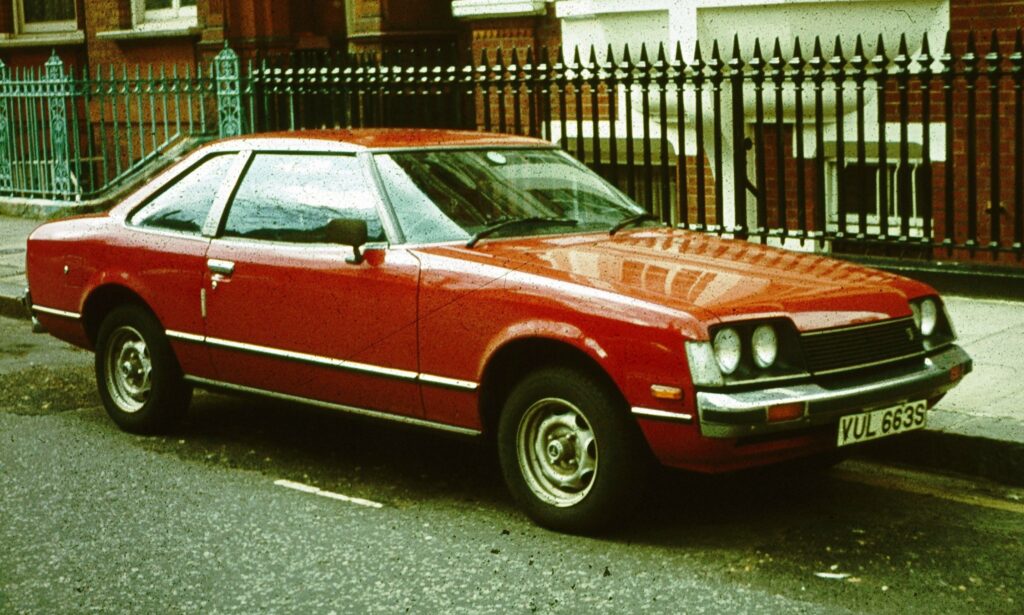
Only two years after it’s first win. In the rest of the world, the Celica was offered in what was called, a Full Choice System with two body styles, a bunch of engine sizes, a bunch of transmissions, a bunch of optional features, and at one point, there were forty nine unique Celica variants for sale in Japan. This car is confusing as hell. It was at this point that the Celica started to spawn some celestial children. First, in 1979, a new trim called the Celica Supra was born. You ever heard of it you little pigs, you little piggies? I bet when I said that word, some of you were making Ramen and you were like, huh? Supra? I bet some of you were in the bathtub and you heard Supra and you’re like, what! Anyways, It had a Celica butt with a longer front end to fit a 110 horsepower, 2.6 liter straight-six under the hood. Then, in 1980 the four-door Celica Camry came out in Japan. It was just a Toyota Carina with a Celica super front end but it soon spun off one of the most sedate and successful sedans in America.
Third generation (A60; 1981–1985)
In 1981, the redesigned third-gen Celica came out. It got a full early 80’s makeover, complete with flat body panels, boxy lines and aerodynamic headlights that tilted forward just like the Lamborghini Miura. The interior took a futuristic leap forward too, with a digital dash and one of the world’s first in-car GPS navigation system.
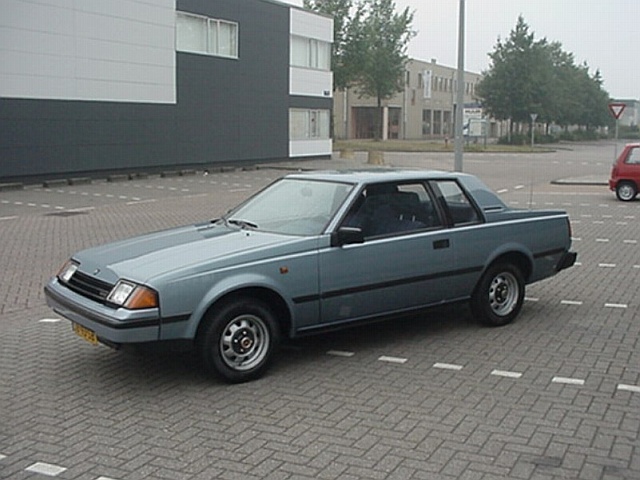
In ’82 the first turbo-charged Celica finally went on sale in Japan and you better believe, a fire breathing 320 horsepower, group B rally car and a few 180 horsepower homologation models weren’t far behind. Unfortunately, the Celica Twin-Cam Turbo was only rear-wheel drive and it really didn’t stand a chance at winning the championship against it’s all-wheel drive competitors. But that didn’t stop it from beatin’ up on it’s big brothers, a little bit. Especially when the fame was from road tripping in Africa. The Celica won most of the WRC rally’s on that continent, over the next four years and became known as the King of Africa.
Fourth generation (T160; 1985–1989)
Toyota was totally revamping Celicas every four years at this point. The fourth-gen debuted in ’85, in a softer more aerodynamic shape. And bum, bum, bum. They switched front rear-wheel drive to front-wheel drive. The new transverse engine layout let them redesign the suspension and add MacPherson struts to the rear, which gave it better handling. Dan Gurney’s All American Racers Team started dominating the IMSA race series. Proving Celicas could hustle around a racetrack as well as a rally stage.
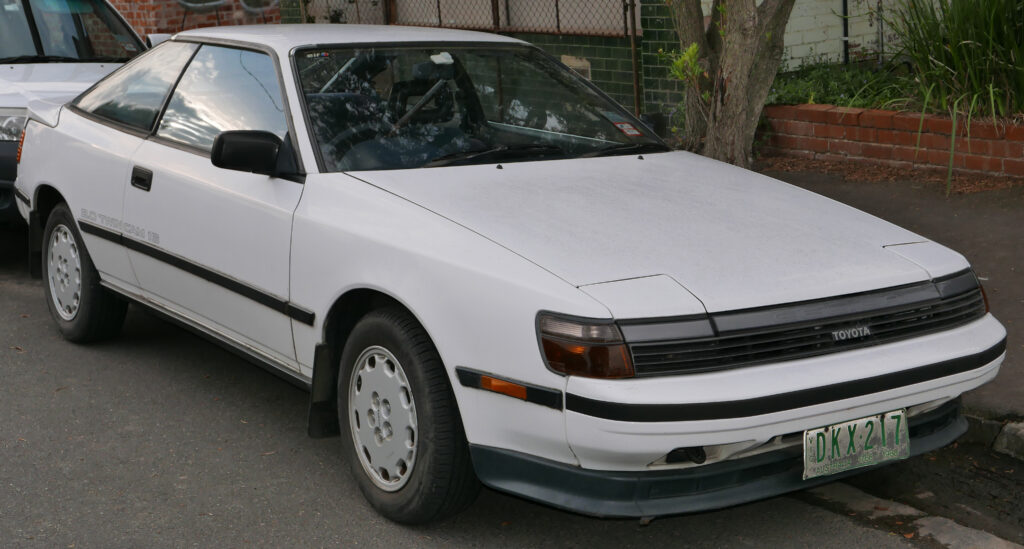
Even with front-wheel drive… But Toyota still had rally on the brain because they soon introduced the 190 horsepower, turbocharged, two liter Celica GT-Four AKA, the All-Trac. It was the most powerful two liter to come out of Japan and this bad boy had full-time all-wheel drive, with a center locking differential. The Celica was finally able to beat up on it’s rally brothers, Lars. And Carlos Sainz, took home the 1990 WRC Drivers Championship. Toyota was the first Japanese manufacturer to race all-wheel drive cars in WRC and beat the European manufacturers, to win rally titles.
Fifth generation (T180; 1989–1993)
Right on schedule, a super curvy Celica facelift arrived at the end of 1989. All the Celicas were vastly improved with upgraded interiors, smoother engines and bigger wheels and tires. Meanwhile, older Celicas were actually winning awards from the press for their reliability.
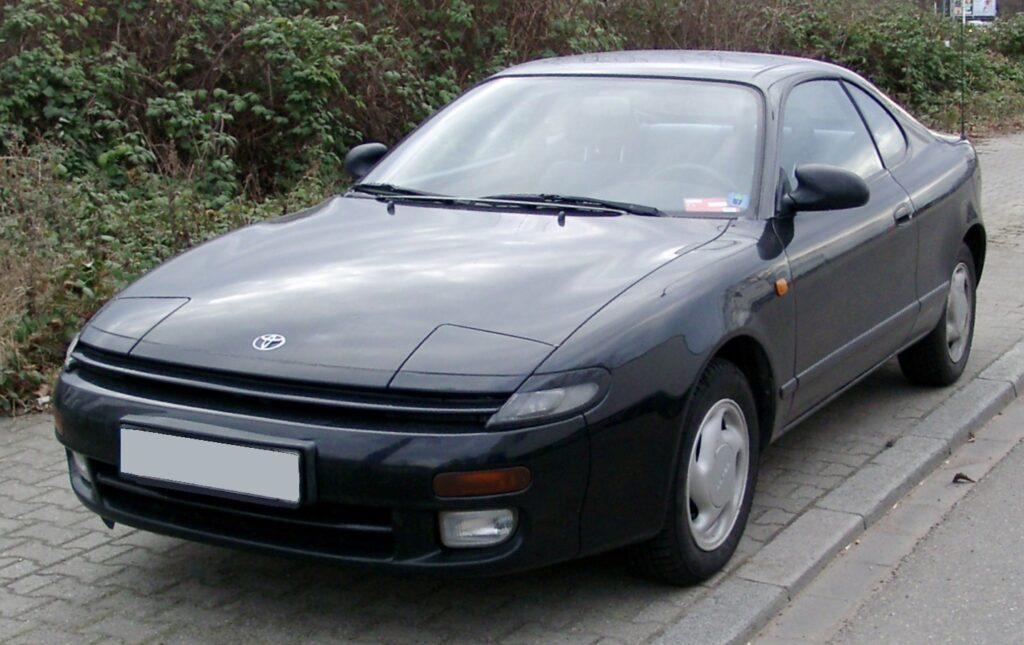
The new All-Trac got more aggressive and everybody but the US got a limited run of special editions with lighter bumpers, a vented hood, better intercooler and a new ECU tune.
Sixth generation (T200; 1993–1999)
The newly pumped up Toyota was slaying it, in WRC, Winning the Driver’s Championship, three years in a row starting in ’92. Yep, you guessed it, after four years of the ultra-round body style, the sculpted, Supra six-gen Celica arrived in ’93.
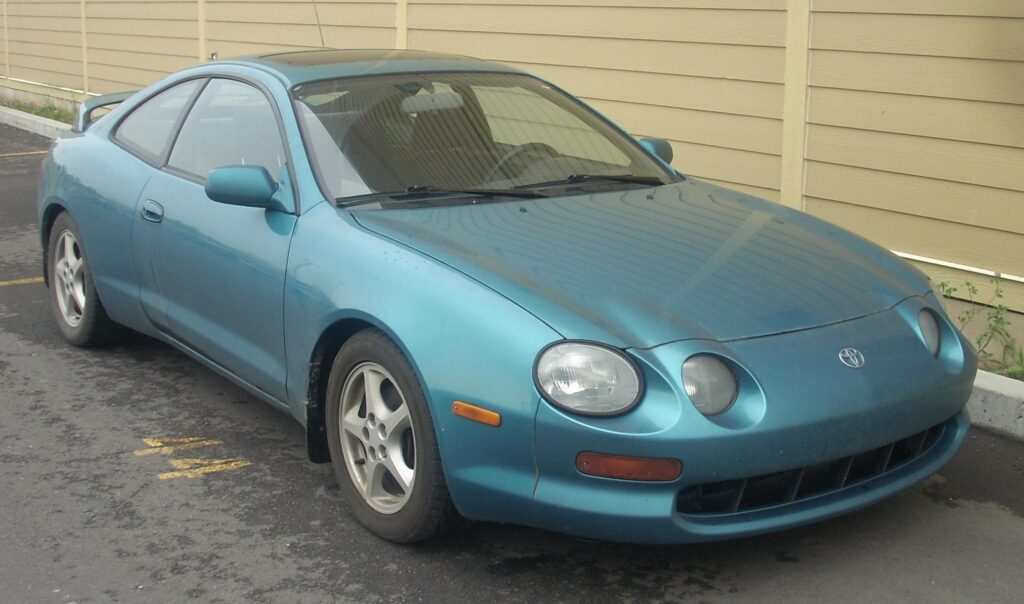
What, Supra? Did I say Supra?
The rest of the world got a sweet new GT-4, making 250 HRSPRS. And in the states, we didn’t get it. That’s a shame ‘cuz this was the coolest homologation Celica yet. It had an upgraded turbo and super strut suspension, a lightweight aluminum hood and a big Supra wing. What’s that? That’s all kind of, normal stuff, you say? Well, it also left the factory with water injection. A water sprayer on the intercooler and all the plumbing needed for a fully functional anti-lag system. That’s cool as hell. From the freakin’ factory. Toyota’s successful racing streak continued with the new GT-4.
Seventh generation (T230; 1999–2006)
This six-gen Celica was the first rally car to use an anti-lag system, which is common practice now. Rod Millen won the Pike’s Peak International Hill Climb, three times and set a record time that stood for ten years. Toyota Team Europe was still doing really well in the 1995 WRC season too. Actually, they were doing really well until Rally Catalunya, when they were found to be cheating. Earlier that year, those pesky FIA rules guys had decided that WRC cars were creeping closer to dangerous Group-E speeds again and they made all the fastest turbo cars install a restrictor plate to limit horsepower but someone at the Toyota team came up with a brilliant work-around that let air go right past the restrictor plate.
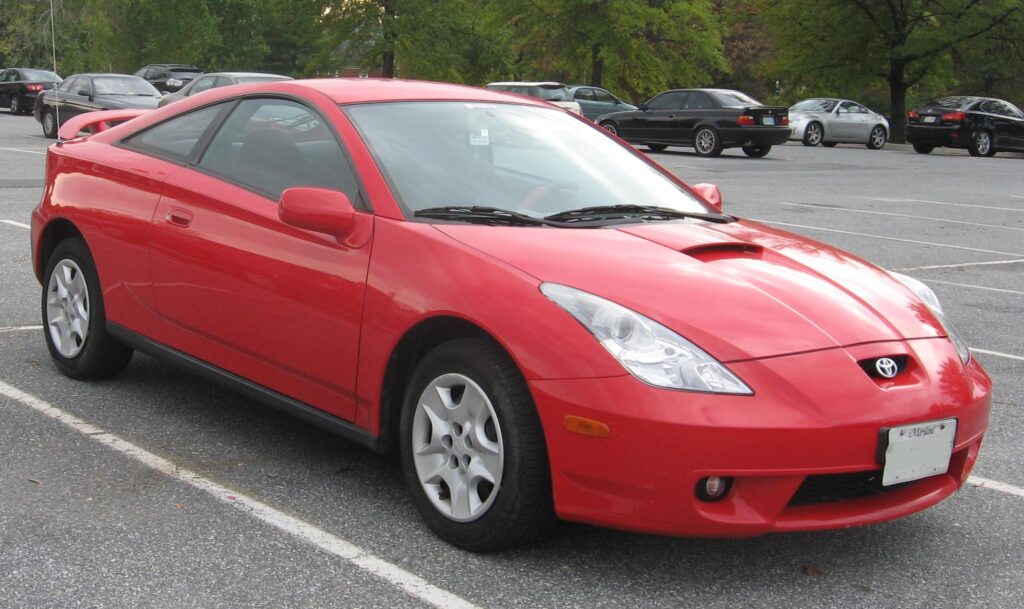
Toyota lawyered up and threw a fit. No way, you can’t punish us. We had no idea what was goin’ on, man. The FIA was like, even if it wasn’t your idea, it’s still your problem. Anyway, some independent teams still ran GT-4’s in the ’96 and ’97 WRC season but that was pretty much the end of the Celica’s rally glory. Toyota took a little more than four years bringing the seventh and final generation Celica to the market this time. They showed a dramatically different concept car called the XYR at the ’99 Detroit Motor Show and the 2000 Celica came out looking almost exactly like it. It was angular and chiseled, just like my pecks. And the long-running coupe, convertible and GT-4 models were all axed in favor of a simpler all hatchback lineup.
The latest Celica Isn’t Popular
The same dude who managed the third-gen MR2 development, Tadashi Nakagawa was also in charge of the latest Celica. His mission was to make it cheaper and lighter, which is he did by eliminating redundant interior controls, making the sunroof out of plastic and using a smaller 1.8 liter engine. But it wasn’t just any old 1.8 liter engine, it was a high-revving VVTI 1.8 liter engine. That means, variable valve timing with intelligence. The base GT trim got the 140 horsepower, 1ZZFE and the GTS got the 180 horsepower 2ZZGE which had VVTLI, that means variable valve timing and lift with intelligence. So, it was like Toyota’s version of an E-tech. This was one of a handful of engines with a red line over 8,000 RPMS and making more than 100 horsepower per liter. It’s such a good engine that Lotus used it in the Elise and Exige. There were a ton of TRD performance parts available and there was even a factory body cat with a front fascia, side skirts and big boy rear wing. It was all the stuff car enthusiast should’ve wanted but it was all coming at a time when the import scene was starting to cool off and more people wanted SUVs. Sales dropped off fast and furious and the Celica was pulled from the American market at the end of 2005. Over more than thirty five years, Toyota made millions of the affordable sports cars and the Celica may now be gone but it’s spirit lives on, in our heart.

